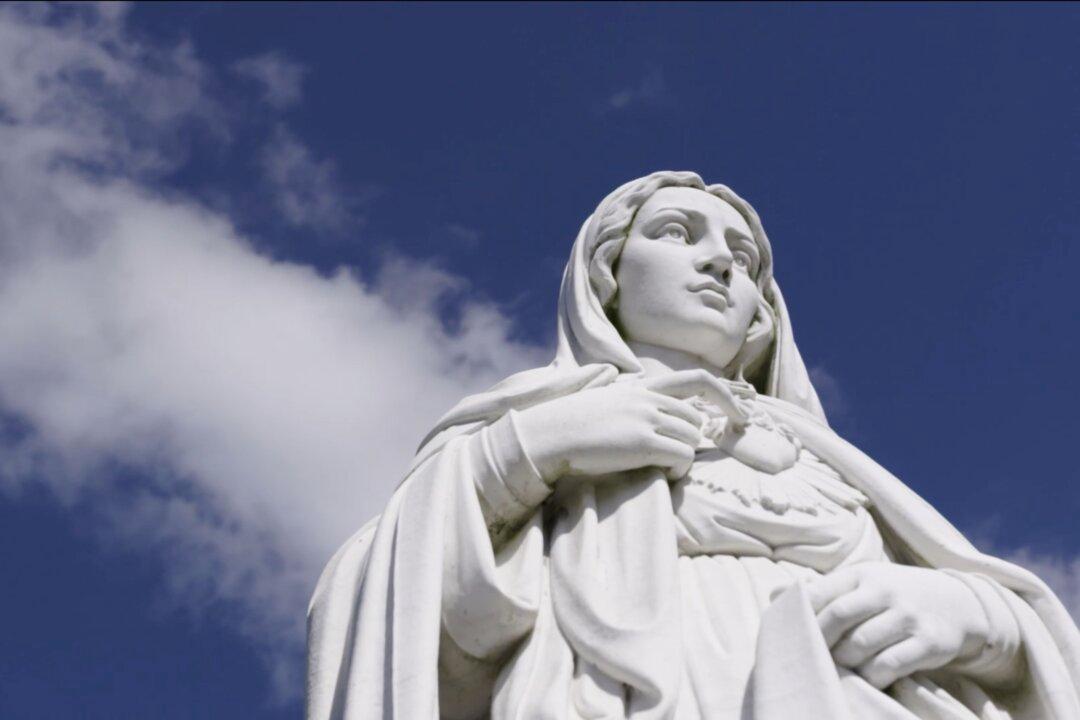The Queensland government has thrown its backing behind a nine-year-old girl’s push to have more female public statues, pictures, and plaques across the state.
The young girl, Malia Knox, called on the Queensland government through her FemaleFaces4PublicFaces initiative—created with the help of her mother, who is a member of the Queensland Teachers’ Union.





